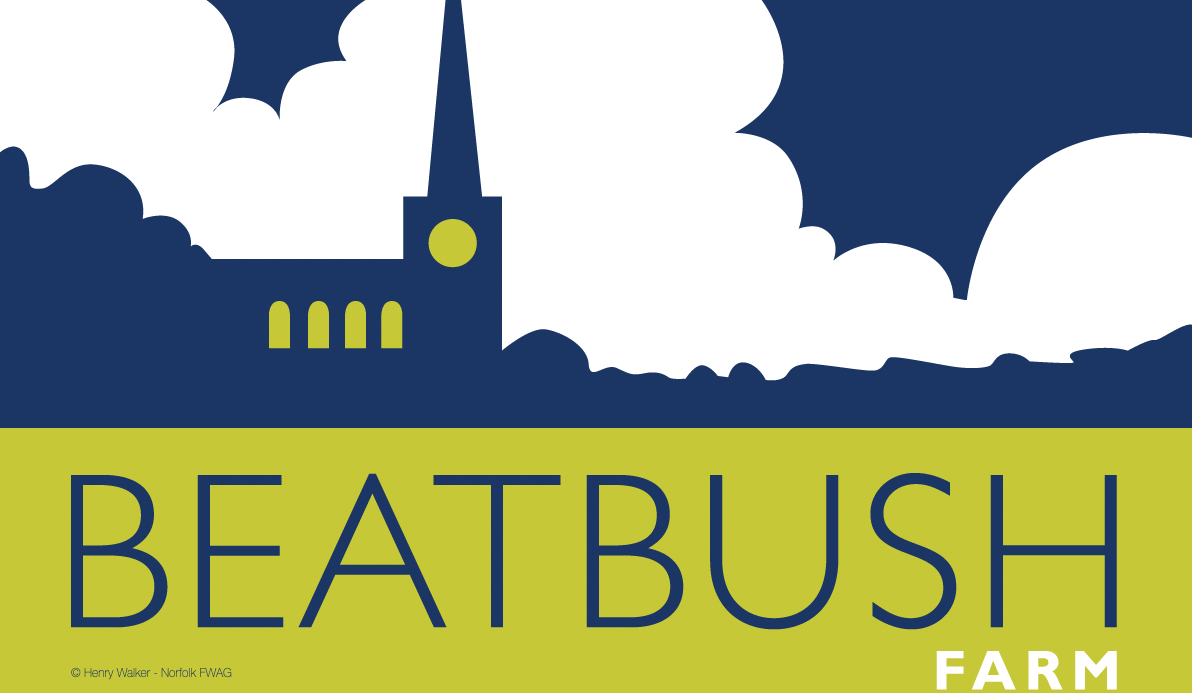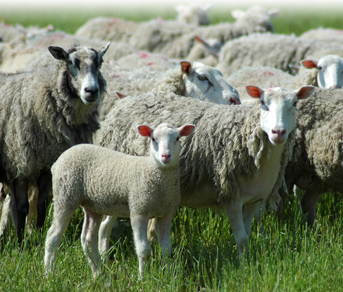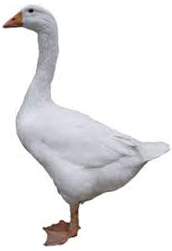
This project is supported under
the England Rural Development
Programme by the Department
of Environmental, Food and
Rural Affairs and the European
Agricultural Guidance and
Guarantee Fund.

Home » Environmental Principles
High Fen is a haven for wildlife in particular wading birds and wildfowl. Following lengthy discussions with Natural England and advice from Thyme Consultants, an environmental advisor, we entered a scheme with Natural England to try and produce the right environment for wading birds, especially Lapwing.
Part of this agreement was to raise water levels in November to produce splashes all around the farm and then gradually let them fall in the late spring and early summer to create the ideal conditions for wader chicks to live and feed.



© Henry Walker – Norfolk FWAG
We have had help and advice from the RSPB with bird counts and the construction of a ten acre site for nesting cranes. The British Trust for Ornithology monitor the farm on a monthly basis and have now sighted over 160 different bird species. Over wintering wildfowl, waders and lapwing numbers now reach 8000-9000, with over 500 Bewick and Whooper swans roosting on the splashes most nights.
We have won a “highly commended” in the RSPB Nature of Farming awards 2012 and were in the final six for the awards presented at the House of Commons by the Farming and Wildlife advisory Group 2011 and recently we were also ”runner up” in the Ian MacNicol Memorial Trophy 2014. Our sheep and cattle are vital to the maintenance of the grassland that benefits the wildlife. Our aim is to continue the work we have done over recent years and to manage the farm with the environment in mind.

The Beatbush beef herd was founded in the autumn of 1999 with the purchase of 52 Limousin cross Friesian heifers and two Aberdeen Angus bulls.
The hardiness of the Aberdeen Angus cross fits very well with our system. The cattle seem happiest when they are outside even when the weather is awful. It is necessary to bring them inside for a short period of time in the winter however, because of the damage they can do to wet land. We make enough clover rich hay to sustain them through the winter and they seem to thrive on this simple system.
The majority of the calves are born in the Spring as nature intended so that the cows can take advantage of the flush of Spring grass to produce lots of milk for their hungry offspring. The calves are weaned in the Autumn and spend the winter housed on deep straw beds.

The purchase of High Fen in 2004 led to change in our sheep system. We needed to find a breed of sheep that would fit in with the conditions of the environmental schemes we are involved in and still produce high quality lamb.
We chose the Romney, a British breed of sheep which are becoming more popular recently in this country as attitudes move away from the high input breeds that need feeding lots of concentrates back to the traditional sheep that thrived on grass based systems.
We started using New Zealand Romney Rams on our ewes in 2007 and this has produced a slightly smaller hardier sheep that is ideal for the environment we have at High Fen. We breed all our own replacement ewes and so know that ewe lambs joining the flock have already proved they are well suited to the farm.
Once a year we buy in Rams and are careful in our selection. Not only must they come from high health status stock they must also be able to pass on the qualities we require in our ewes in the future.

2004 saw the start of poultry production at Brook Hall Farm. Day old Legarth geese arrived in May followed by Bronze turkeys in June.
The geese spend 2 weeks inside under heat lamps that are gradually raised as they grew stronger. They are then moved to a portable house in a clover rich pasture. The house is unused all summer.
The turkeys spend slightly longer in the heated building as they take slightly longer to feather and harden up. When they areready we move them to a barn where they have access to a paddock during the day and are shut up at night.
The Beatbush beef herd was founded in the autumn of 1999 with the purchase of 52 Limousin cross Friesian heifers and two Aberdeen Angus bulls.
The hardiness of the Aberdeen Angus cross fits very well with our system. The cattle seem happiest when they are outside even when the weather is awful. It is necessary to bring them inside for a short period of time in the winter however, because of the damage they can do to wet land. We make enough clover rich hay to sustain them through the winter and they seem to thrive on this simple system.
The majority of the calves are born in the Spring as nature intended so that the cows can take advantage of the flush of Spring grass to produce lots of milk for their hungry offspring. The calves are weaned in the Autumn and spend the winter housed on deep straw beds.


The purchase of High Fen in 2004 led to change in our sheep system. We needed to find a breed of sheep that would fit in with the conditions of the environmental schemes we are involved in and still produce high quality lamb.
We chose the Romney, a British breed of sheep which are becoming more popular recently in this country as attitudes move away from the high input breeds that need feeding lots of concentrates back to the traditional sheep that thrived on grass based systems.
We started using New Zealand Romney Rams on our ewes in 2007 and this has produced a slightly smaller hardier sheep that is ideal for the environment we have at High Fen. We breed all our own replacement ewes and so know that ewe lambs joining the flock have already proved they are well suited to the farm.
Once a year we buy in Rams and are careful in our selection. Not only must they come from high health status stock they must also be able to pass on the qualities we require in our ewes in the future.
2004 saw the start of poultry production at Brook Hall Farm. Day old Legarth geese arrived in May followed by Bronze turkeys in June.
The geese spend 2 weeks inside under heat lamps that are gradually raised as they grew stronger. They are then moved to a portable house in a clover rich pasture. The house is unused all summer.
The turkeys spend slightly longer in the heated building as they take slightly longer to feather and harden up. When they areready we move them to a barn where they have access to a paddock during the day and are shut up at night.


This project is supported under
the England Rural Development
Programme by the Department
of Environmental, Food and
Rural Affairs and the European
Agricultural Guidance and
Guarantee Fund.

Designed By JC Designs © All rights reserved Copyrights 2021
| Cookie | Duration | Description |
|---|---|---|
| cookielawinfo-checkbox-analytics | 11 months | This cookie is set by GDPR Cookie Consent plugin. The cookie is used to store the user consent for the cookies in the category "Analytics". |
| cookielawinfo-checkbox-functional | 11 months | The cookie is set by GDPR cookie consent to record the user consent for the cookies in the category "Functional". |
| cookielawinfo-checkbox-necessary | 11 months | This cookie is set by GDPR Cookie Consent plugin. The cookies is used to store the user consent for the cookies in the category "Necessary". |
| cookielawinfo-checkbox-others | 11 months | This cookie is set by GDPR Cookie Consent plugin. The cookie is used to store the user consent for the cookies in the category "Other. |
| cookielawinfo-checkbox-performance | 11 months | This cookie is set by GDPR Cookie Consent plugin. The cookie is used to store the user consent for the cookies in the category "Performance". |
| viewed_cookie_policy | 11 months | The cookie is set by the GDPR Cookie Consent plugin and is used to store whether or not user has consented to the use of cookies. It does not store any personal data. |